Disease study, including its causes, effects, and very nature, is known as pathology. Digital innovation, in all of its forms, continues to revolutionise our lives, reshaping the way we work, rest, and play while appearing to touch every element of human endeavour.
Digital pathology is a boon to any pathologist since it saves time and energy detecting and inspecting slides and samples. Thanks to pathology lab software, pathologists continued working without interruption during the coronavirus pandemic. Let’s look at how Digital Pathology is shaping up to be one of the big things in medical technology.
What is Digital Pathology?
Digital pathology is a study of pathology that focuses on data management from digital specimen slides. Pathologists engage, evaluate, and cooperate with ease and consistency using digital pathology, resulting in increased efficiency and productivity.
Enhanced translational research, computer-aided diagnosis (CAD), and personalised medicine could all be part of the future of digital pathology.
Advances In Digital Pathology
Provides the use of AI
Bringing pathology online opens up the possibility of using digital tools to evaluate slides further. AI programmes that you can place over these images are under development process to assess the data, improve diagnoses, and reveal insights.
Digital Histology and Cytology
When doing cellular diagnostics, Digital Technology also uses digital process instrumentation. It usually entails histologic and cytologic examinations.
Biomedical laboratory data is also digitised using digital technology. It makes the process of integrating cytometric findings more efficient. Reports are now more accessible for immediate and future use.
Digital Imaging and Video Streaming
Advances in Digital Imaging and Video Streaming enable real-time image sharing to any point on the planet. This telepathology allows doctors to collaborate more efficiently to deliver faster diagnoses. The agony of waiting for test results can affect a patient’s prognosis.
Small facilities with limited resources are now collaborating with skilled pathologists. Providers can seek second opinions and discuss treatment options promptly. Medical institutions also use this technology to instruct their faculty and students.
Better management potential
It can be challenging to keep track of physical slides. Having digital versions allows for beneficial duplication, and you can quickly find the digital versions on a computer using a simple search. You can use machine learning to create a program that finds patterns or recognise specific sorts of photos so that they can be sorted or labelled appropriately.
Reduction in physical strain on pathologists
Imagine how much of your time you give crouching over lab equipment, staring carefully into a tiny viewfinder. It doesn’t seem very inviting. Allowing pathologists to perform much of their analysis while looking at a vast, high-resolution image on a computer screen could spare them a lot of physical discomforts.
New medicinal discoveries.
The capacity to use technological advancements to examine these images will open up new study possibilities. We’ve seen how digitising imaging techniques propel technology and medical advances, and digital pathology will undoubtedly follow suit.
What is next for digital pathology?
By now, digital pathology is undoubtedly the field’s future. The digital slide picture is gradually replacing the glass slide on the microscope’s stage, despite considerable scepticism about its place in the lab and delayed adoption in many institutions.
It is appealing because of its flexibility, accuracy, and ability to apply ever-improving informatics and image analysis techniques.
The COVID-19 problem, which began in early 2020, only helped to highlight some of the fundamental advantages of digital systems. Pathologists at those institutions who used online pathology could better manage workloads and diagnose patients from their own homes’ comfort and safety.
Final Thoughts
Digital pathology allows for a better viewing experience and thus better analysis. Its advancements have proven to be advantageous in various medical settings. It will continue to adopt new technology and increase its capabilities in the future. As the use of technology spreads, more innovations will emerge in this field.

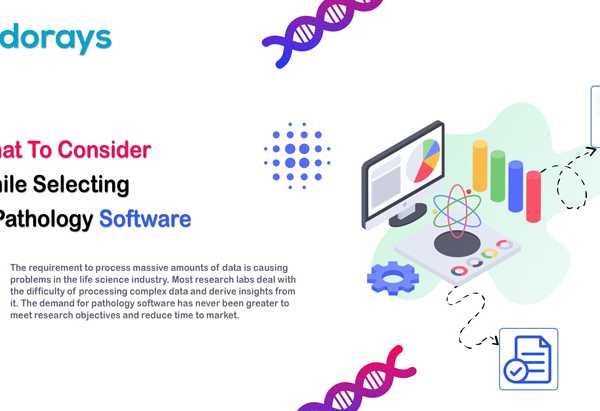
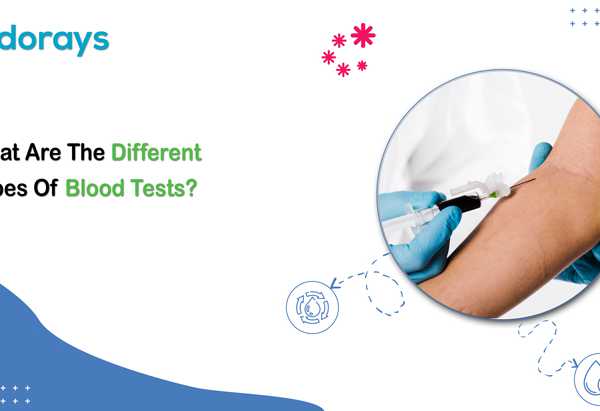
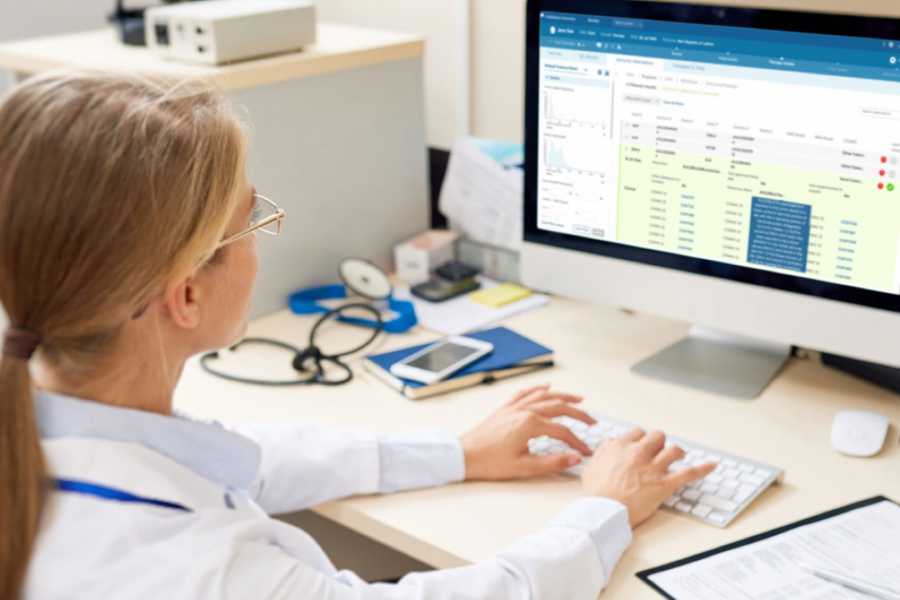
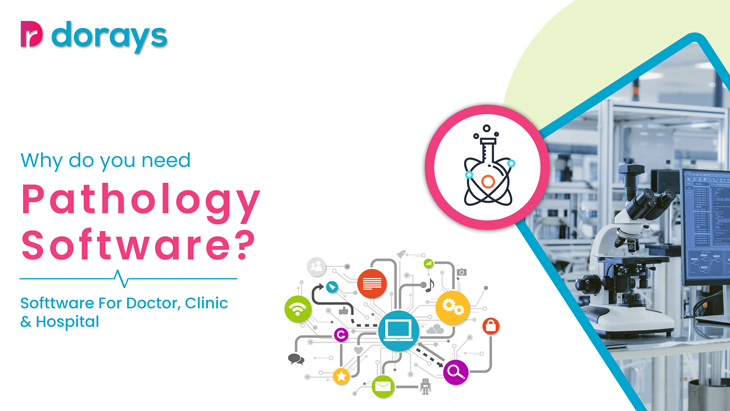

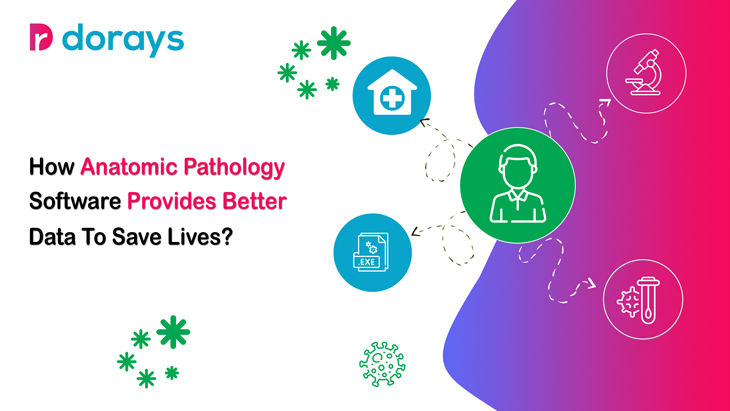
Leave a Comment